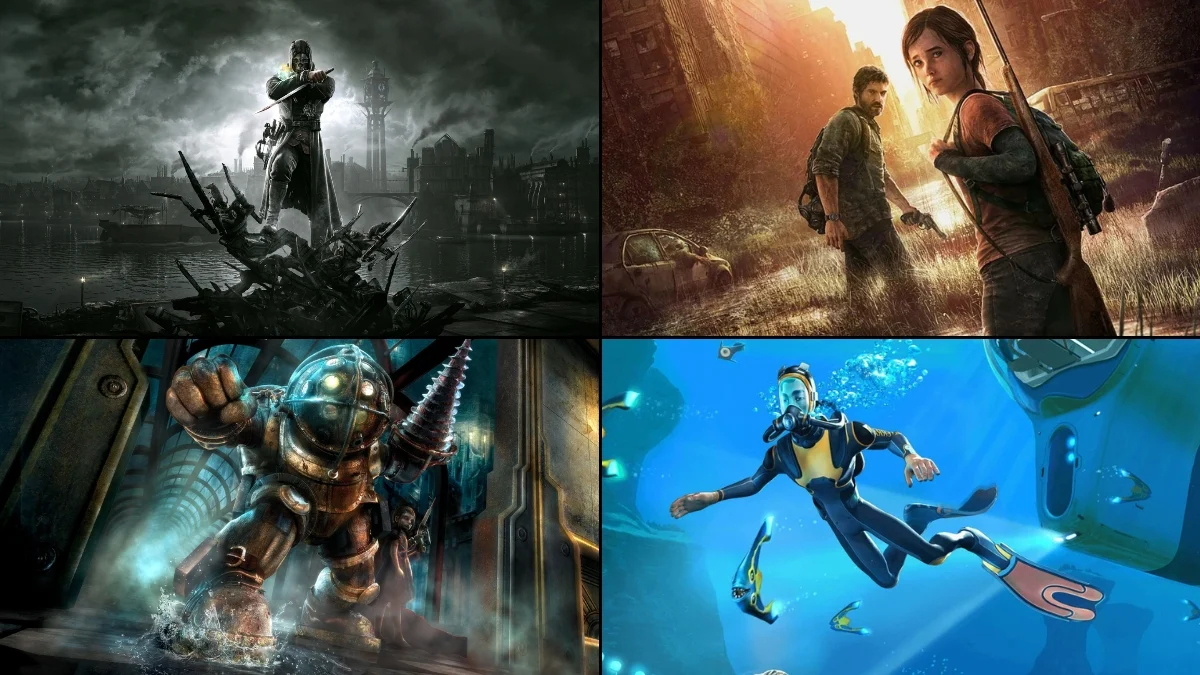
Environmental storytelling creates immersive worlds where players discover the story through their surroundings, rather than being told it directly. Games achieve this by using the design of levels, the objects within them, and subtle details to hint at the history, culture, and motivations of characters. These games reward careful exploration with clues found in things like abandoned workplaces, broken equipment, or makeshift camps – each detail contributing to the narrative without relying on cutscenes. Below are twenty examples of games that excel at letting their worlds tell a story.
‘BioShock’ (2007)

The city of Rapture visually portrays social inequality through its decaying environment. Once-luxurious shops are now in ruins, propaganda litters the walls, and flooded service tunnels clearly avoid wealthier areas. You can learn about what happened just by looking at the makeshift barricades and the graffiti left by the city’s inhabitants, though audio logs provide more detailed stories tied to specific locations. Even the placement of vending machines and the angles of security cameras reveal how business and control were connected. Created by 2K Boston/Irrational Games and published by 2K Games, the game uses the city’s design to demonstrate the beliefs of its creators.
‘Dark Souls’ (2011)

The world of Lordran tells its story through its buildings and layout. Broken structures, reused fortresses, and where enemies are placed show a history of battles and fallen kingdoms. The bodies of characters and clues near important locations suggest past journeys and struggles. The way shortcuts connect different areas reveals how people once moved around the city. Instead of simply telling a story, FromSoftware and Bandai Namco let players piece together the lore by exploring how everything is connected in the game world.
‘Half-Life 2’ (2004)
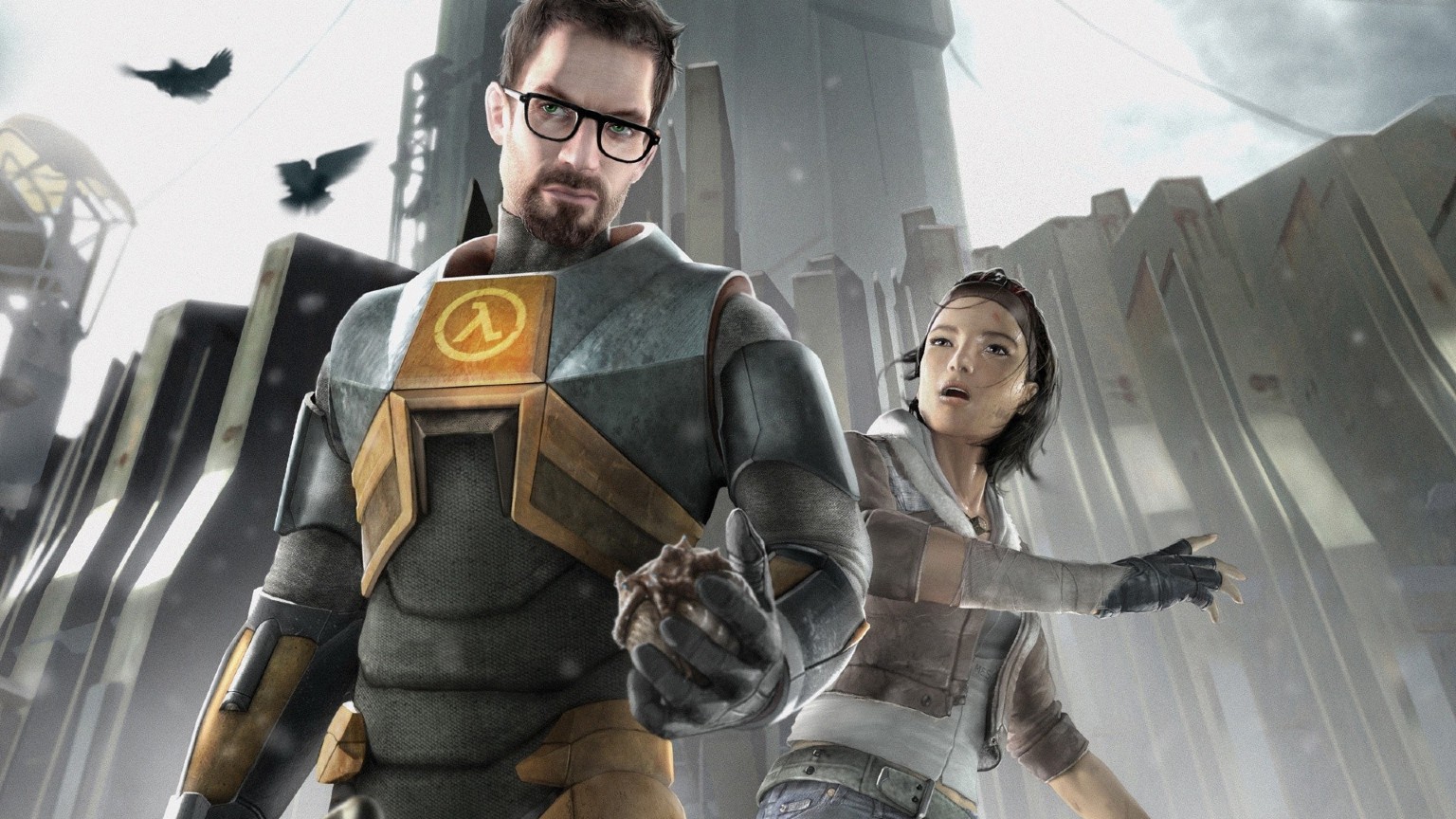
City 17’s daily life – from food lines and security checks to the way the Combine control movement – shows us how the occupying force operates. The challenges of restoring power to old factories aren’t just puzzles; they’re a look at how the Combine takes resources. Hidden rebel bases demonstrate how people are communicating secretly, using maps, codes, and makeshift equipment. Through the city’s layout and what you can see, Valve subtly reveals how the Combine governs and how citizens are trying to survive.
‘The Last of Us’ (2013)
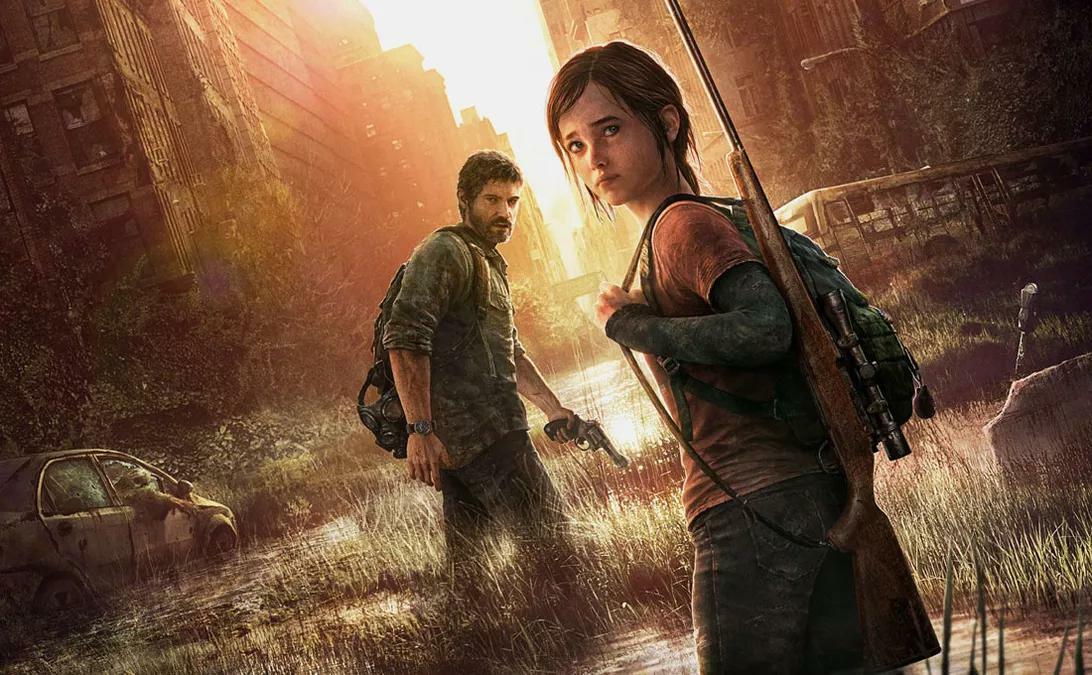
Abandoned quarantine areas, handwritten messages, and neglected buildings show how society moved from organized government to small-scale survival. Bedrooms became makeshift hospitals, office buildings grew food using hydroponics, and covered-up signs reveal changing concerns. Different groups are identified by their markings and camps – patrol paths, weapon stations, and food supplies indicate who’s in charge of each area. This detailed world, created by Naughty Dog and published by Sony, is filled with objects that tell the stories of interrupted lives.
‘Outer Wilds’ (2019)

Ancient ruins, tunnels carved by wind, and wreckage floating in space hint at the research of a lost civilization that built a mechanical solar system. The strange devices they left behind – like teleportation platforms, gravity-controlling crystals, and fragile spacecraft – show us how they experimented and where things went wrong. The environment itself changes over time, with shifting sands and collapsing caves, revealing pieces of the story if you observe it at the right moments. The creators at Mobius Digital and Annapurna Interactive have turned the planet’s geology into a way to uncover this civilization’s history.
‘Gone Home’ (2013)
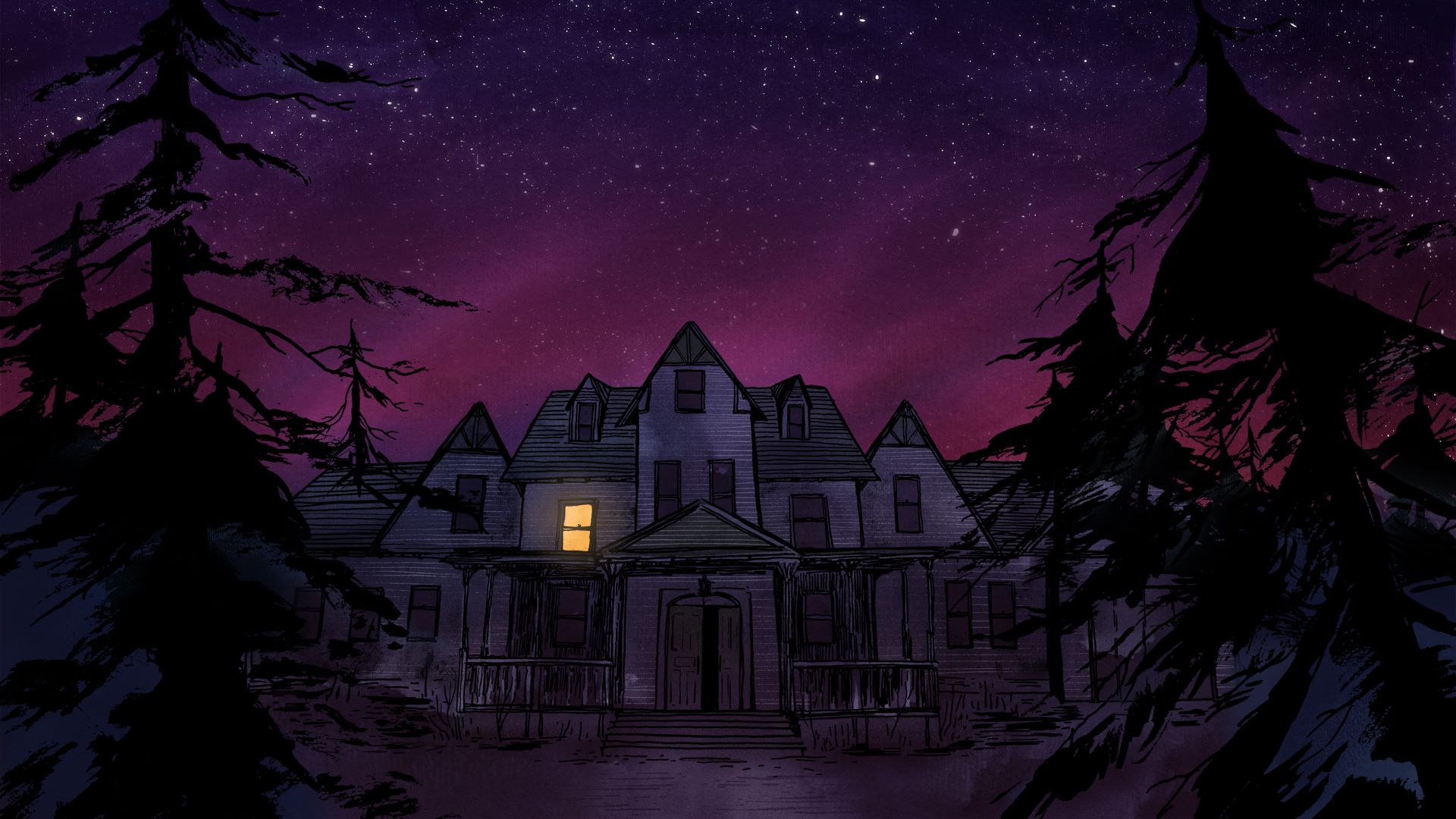
This game uses a family home to tell a story of a difficult year, revealing personal struggles through details like rearranged furniture, labeled mixtapes, and unpacked moving boxes. The house itself – from locked drawers to cable arrangements – hints at the family’s routines and conflicts. By finding things like homemade magazines, school reports, and old receipts, players can piece together what happened and understand the relationships between people. The game’s creators, The Fullbright Company, are presenting this ordinary home as the main way to experience the story.
‘What Remains of Edith Finch’ (2017)
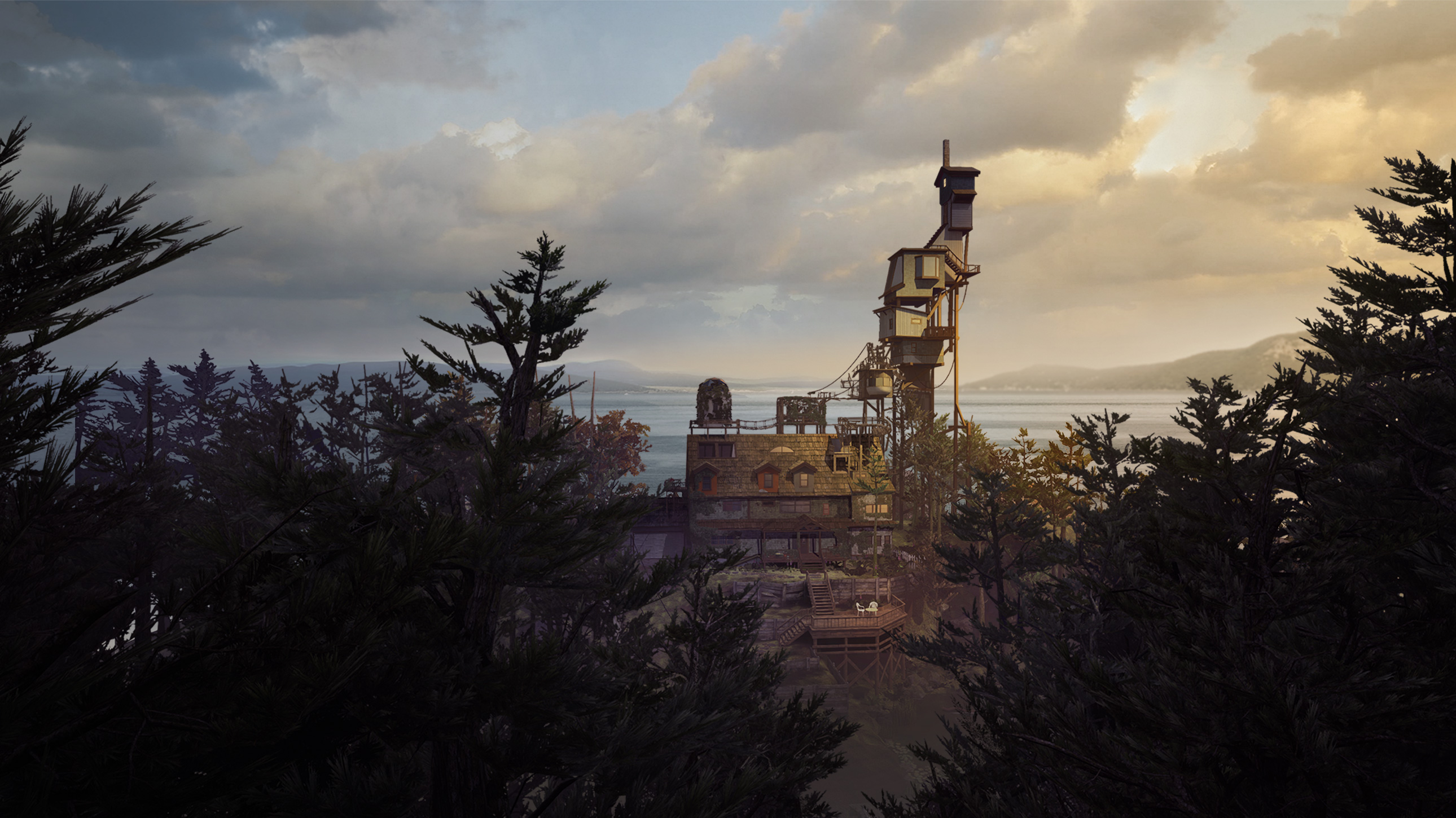
Each bedroom is like a perfectly preserved snapshot of the person who last lived there, filled with their belongings and revealing their unique personality and anxieties. Hidden pathways, secret viewing spots, and homemade shrines show how the family remembered and retold its own story. The house uses everyday objects in creative ways to represent memories, and these are woven into the very structure of the building. Giant Sparrow and Annapurna Interactive have cleverly used the house’s architecture to create a space that embodies generations of family history.
‘Dishonored’ (2012)

The city of Dunwall’s economy, built around whale oil, is visible in its refineries, docks, and the way security forces protect key supply routes. Social differences are reflected in the quality of buildings and access to resources, contrasting the wealthy estates with poorer neighborhoods. Ancient beliefs and modern technology blend together, shown through hidden messages found in the environment. Ultimately, Arkane Studios and Bethesda Softworks use the city’s design to tell a story about power and society.
‘Prey’ (2017)
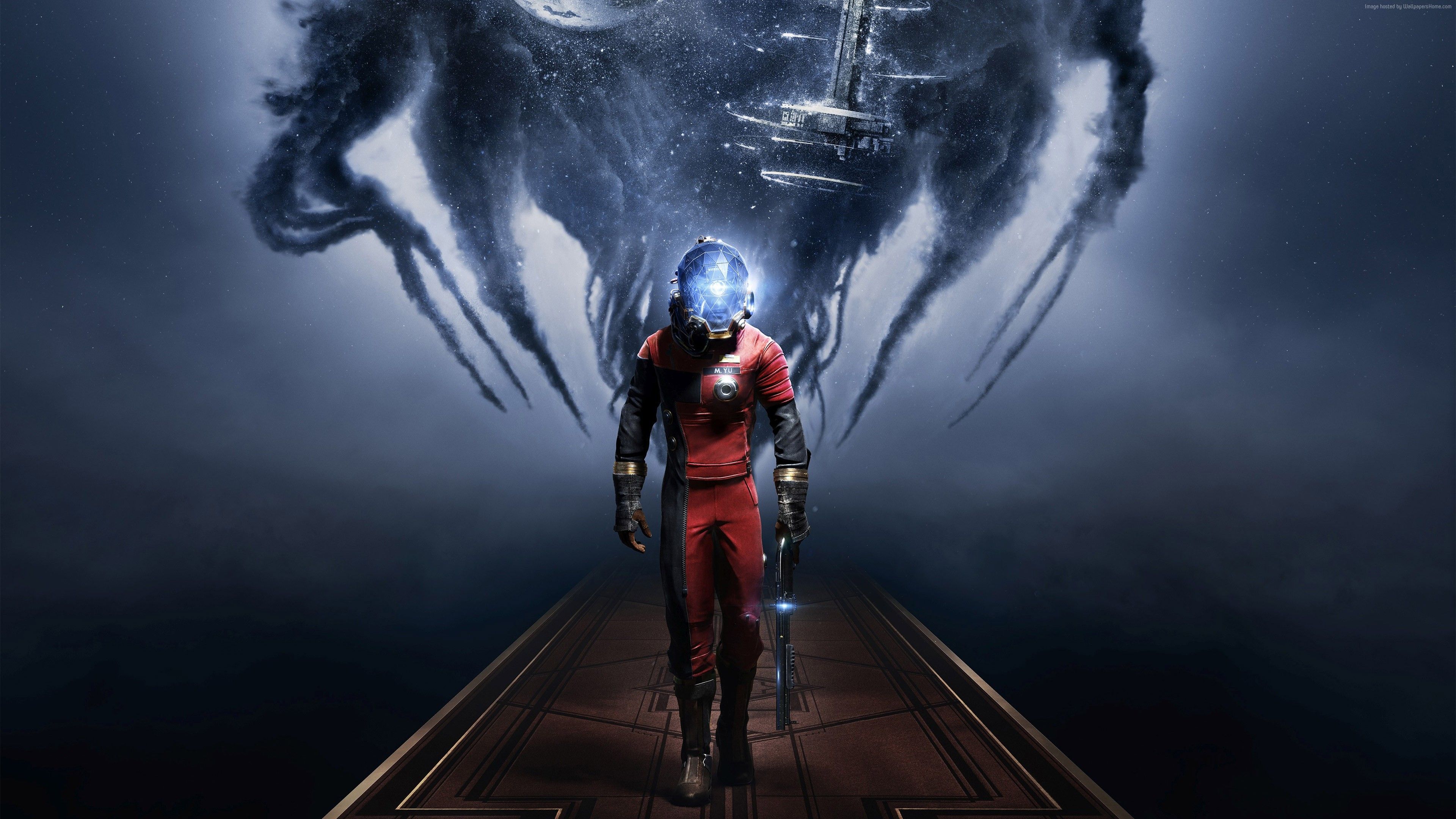
Talos I is a space station built from mismatched parts – luxurious offices connected to utilitarian labs and cargo holds. Evidence of ongoing and failed experiments is everywhere, visible in things like whiteboards, test chambers, and messy break areas. The station’s vents and maintenance tunnels show how employees actually navigated around official rules and restrictions. The developers, Arkane Studios and Bethesda Softworks, cleverly use everyday office details as clues to uncover the station’s history.
‘Return of the Obra Dinn’ (2018)

The layout of the ship, its cargo lists, and even the wear and tear on the railings reveal how the crew lived and who held positions of power. By recreating scenes with precise detail, investigators can determine identities based on where objects like tools, ropes, and even bloodstains are found. A crew member’s uniform, badges, and work area offer clues to their job before they even speak. Essentially, this ship—created by Lucas Pope and published by 3909 LLC—works like a puzzle waiting to be solved.
‘Hollow Knight’ (2017)

The different areas of Hallownest showcase its culture through their unique materials and creatures—from city stone and fungal forests to crystal-filled mines—and each presents its own dangers and resources. Broken-down benches, tram stops, and signs hint at a once-functional public system. The presence of graveyards, cocoons, and deserted workshops tells the story of the kingdom’s inhabitants without relying on cutscenes. Ultimately, the game’s map reveals Hallownest’s history through how you move through it and the subtle details left behind.
‘Control’ (2019)

The Oldest House constantly changes its layout, but core areas like Records, Containment, and Executive still look like typical offices, with signs and furniture indicating their purpose. The way case files are organized, hotlines are recorded, and strange objects are stored reveals how incidents are dealt with. Clutter – like floating debris, sticky notes, and flashing red lights – shows where the efforts to contain anomalies are failing. Ultimately, Remedy Entertainment and 505 Games have created an office space that acts as a real-time example of how to manage the unexplainable.
‘Red Dead Redemption 2’ (2018)

The game’s environments change as the story progresses, visually communicating how resources are used and how people are feeling through details like cooking areas, ammunition boxes, and written records. Settlements and railroad construction reveal the history of each region using tools, work requests, and personal items left behind by previous owners. You’ll also discover small stories about the past simply by exploring – finding abandoned wagons, ruined cabins, and old graves – without being directed by quests. Rockstar Games uses these everyday objects and the way supplies move around to show how life changed on the frontier.
‘Cyberpunk 2077’ (2020)
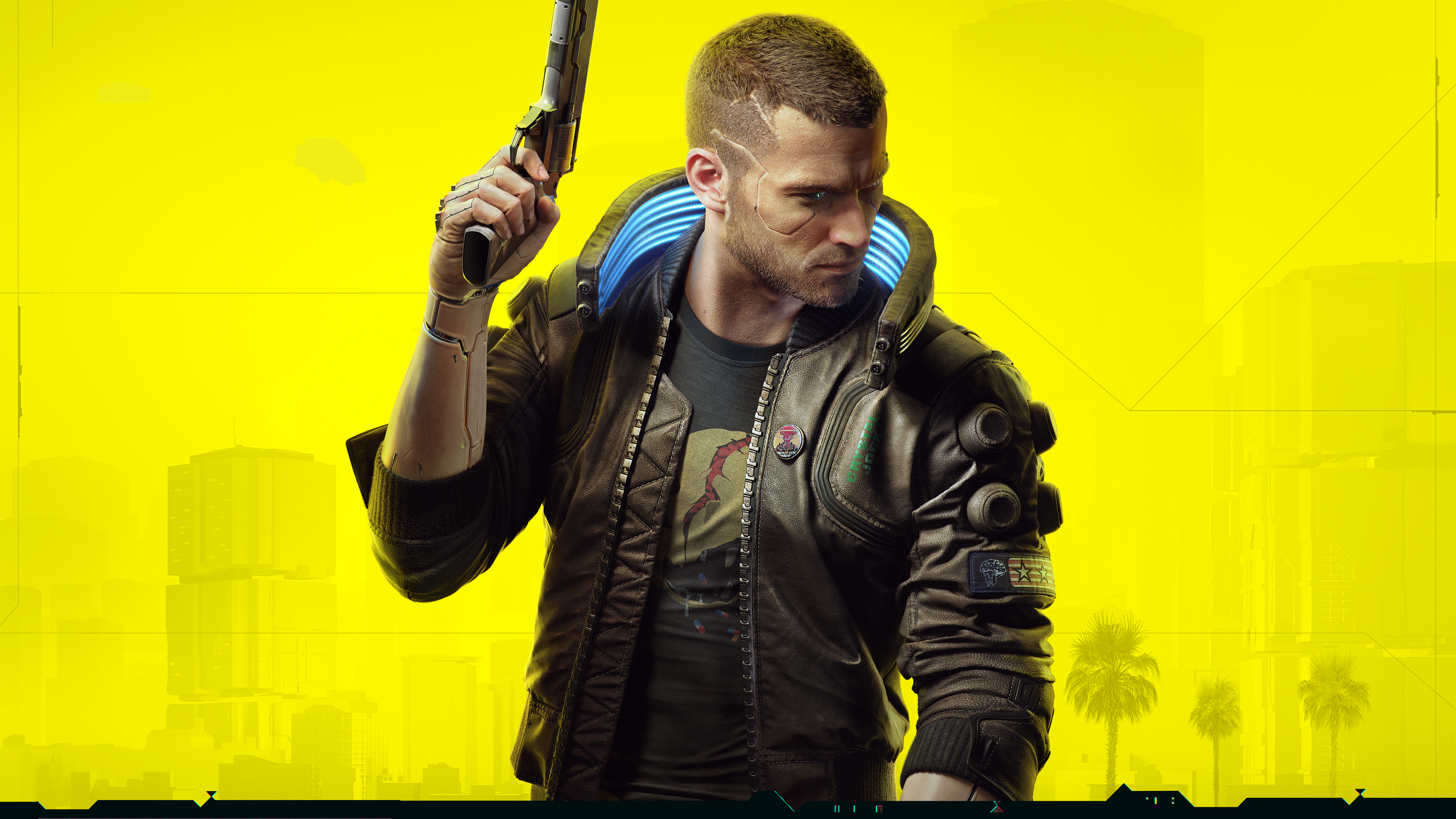
The different areas of Night City visually represent economic status – you can tell what kind of people live there by looking at things like the advertisements, how much trash there is, and the types of shops. Inside the massive buildings, you see how people live on top of each other, with things like laundry rooms, small shops, and security checkpoints organized by who has access. Even the way businesses like corporate offices and clinics are set up, including where they put equipment and how long people wait, tells you how they operate. CD Projekt Red uses details like lighting, sound levels, and how well things are maintained to show the different social classes in the city.
‘The Elder Scrolls V: Skyrim’ (2011)

Nord tombs reveal burial customs through their traps, the items buried with the dead, and how the undead are positioned, suggesting a connection between enemy actions and ancient rituals. Dwemer ruins, on the other hand, showcase a focus on machinery and industry with dangers like moving parts and oil spills. Battlefields from the Civil War are marked by abandoned flags, damaged equipment, and supplies, painting a picture of how the conflict changed over time. Ultimately, Bethesda Game Studios weaves its storytelling into the details of each location, using the environment itself to reveal the history of the world.
‘Subnautica’ (2018)

Scattered debris, living spaces, and stored tools tell the story of how survivors managed after a crash, eventually becoming self-reliant. The remains of alien research facilities – including tanks for holding creatures, power systems, and security areas – reveal what the aliens were studying. The type of wreckage found in each environment – like panels worn by sand or cables tangled in reefs – connects the story’s events to the specific ocean conditions. Through the way materials have decayed and the design of the labs, Unknown Worlds Entertainment guides players through a journey of discovery and danger.
‘S.T.A.L.K.E.R.: Shadow of Chernobyl’ (2007)
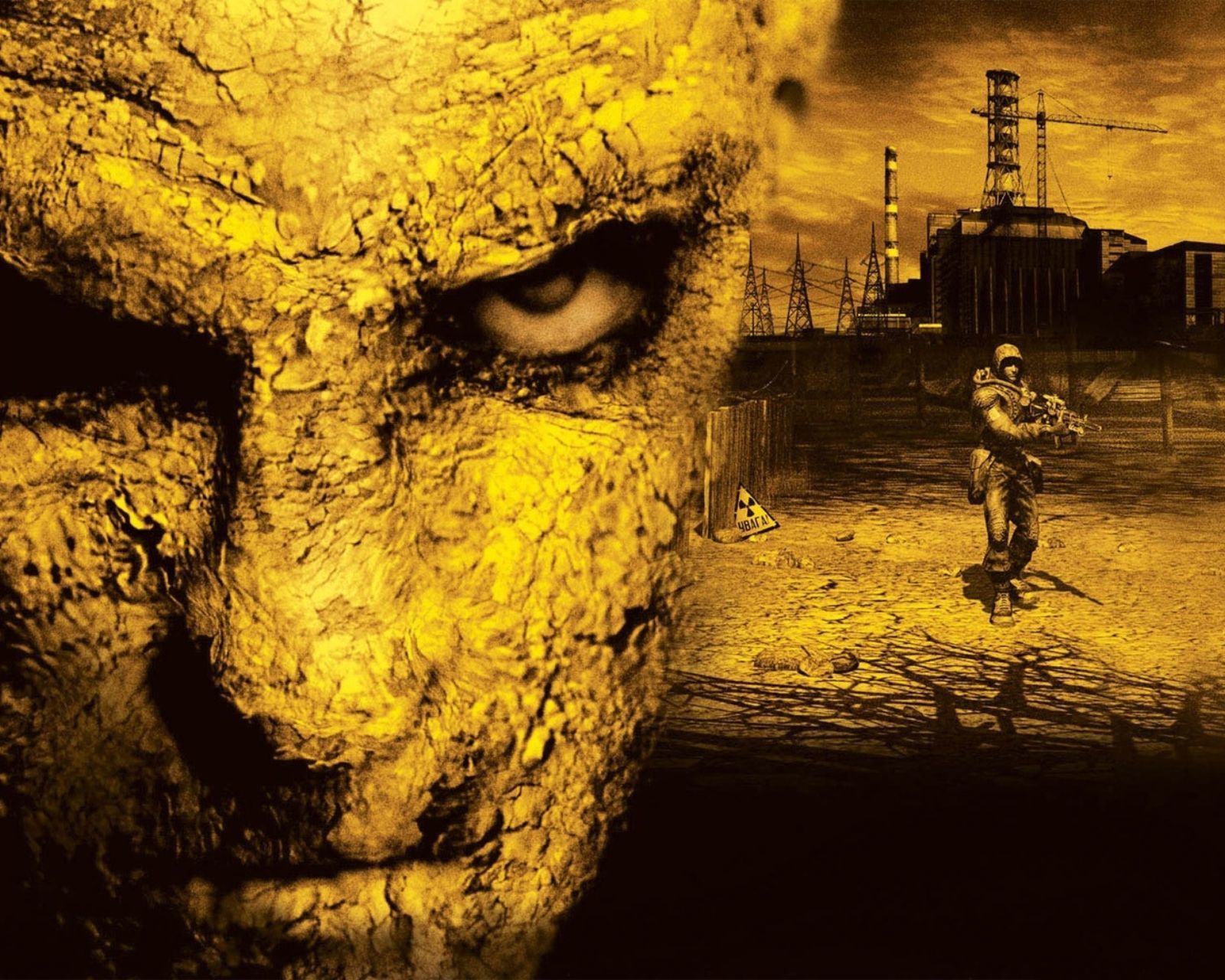
Okay, so the Zone is seriously messed up – it’s full of weird energy fields and hidden paths to valuable artifacts. This has led to a totally underground economy built around the ruins of old Soviet stuff. You see remnants of the past everywhere – old signs, abandoned military posts, and labs – but everyone has their own idea of what really happened. What’s cool is you stumble across these makeshift camps where other Stalkers hang out, trading gear, fixing stuff, and posting info. Basically, GSC Game World and THQ really focused on making the environment dangerous and forcing you to scavenge for everything you need to survive, which makes the whole world feel so real.
‘Metroid Prime’ (2002)
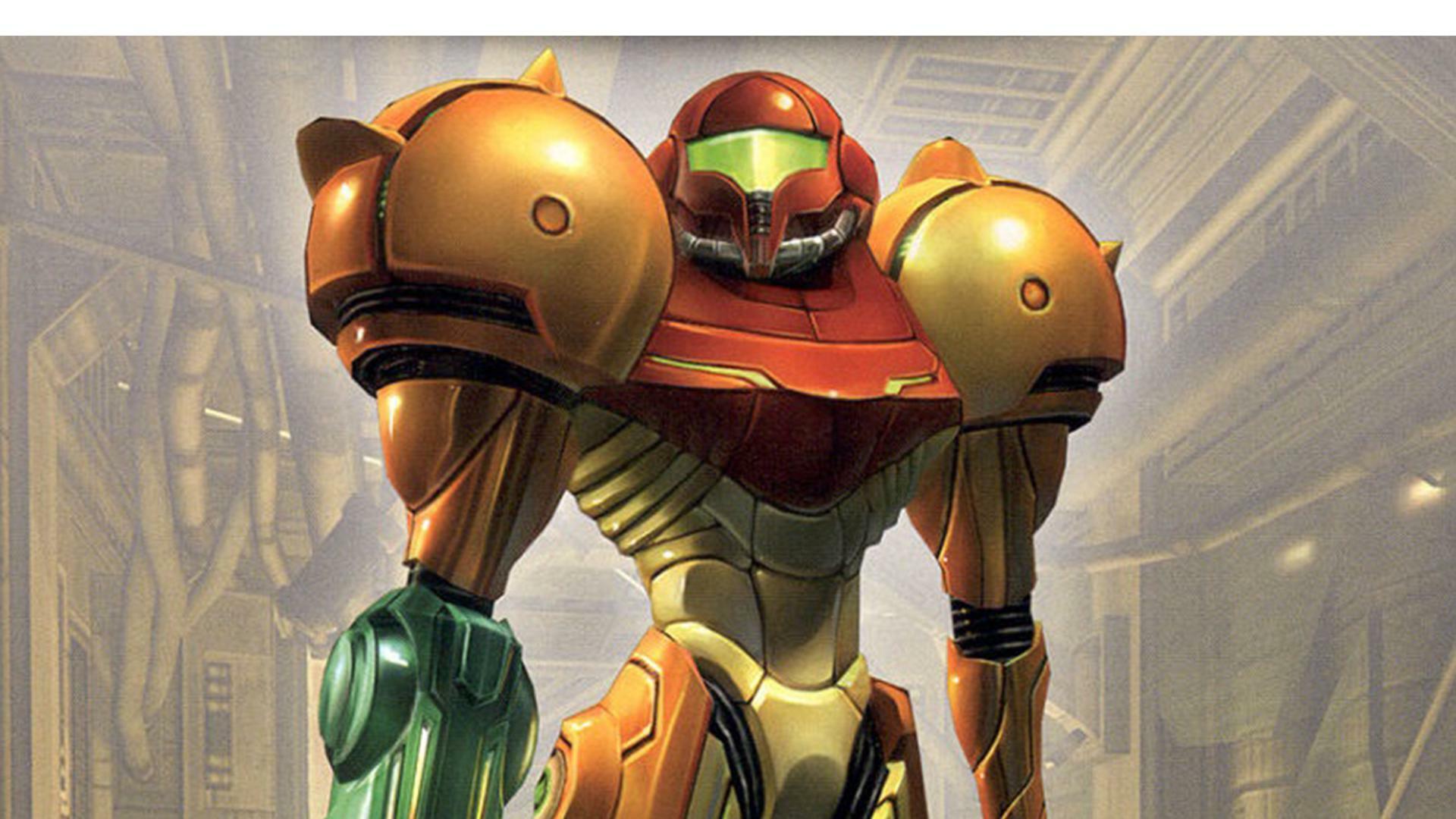
Exploring logs linked to different areas reveals connections between the Chozo’s ancient rituals, Space Pirate experiments, and the technology and creatures around you. Solving environmental puzzles using your thermal and x-ray vision unveils hidden power lines and security systems. The different areas of the world flow together naturally, with doors and research tools hinting at their purpose. Retro Studios and Nintendo have cleverly made understanding the environment key to moving forward.
‘Journey’ (2012)

As a huge fan, I’m constantly amazed by the storytelling in this game. It doesn’t tell you a story, it shows you one through the environment itself. The way the sand flows, the patterns on the cloth, even the ruins all seem to point towards a journey, a migration, without a single word being spoken. It’s like the landscape is giving you directions, guiding you along a path. And when you stop to rest, the murals aren’t just pretty pictures – they’re like little summaries of what you’ve already accomplished, using the same symbols throughout the whole game. It’s incredible how thatgamecompany and Sony created a level design that is the story.
‘Kentucky Route Zero’ (2013)
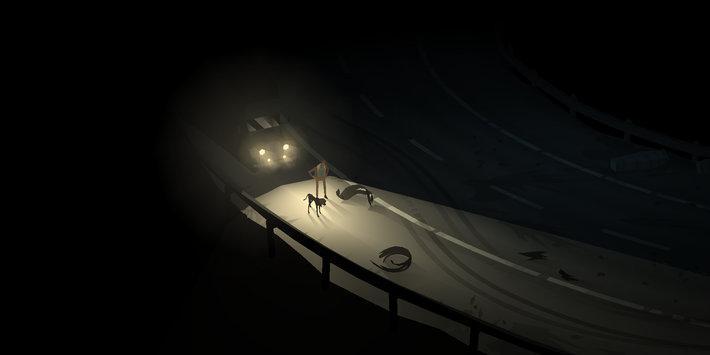
As a huge fan, what really gets me about these games is how they build a world through the little details – the signs on rundown shops, the feel of those makeshift theaters, even the way things are organized in dusty offices. It’s like they’re showing you an economy that feels…almost real, but a little off. And what’s amazing is how the spaces change when you revisit them. New posters appear, furniture gets moved, stock changes – it’s like you’re seeing the behind-the-scenes work happening. Honestly, you learn more about who owns a place or what it’s become from the sounds and the lighting than from any actual conversations. Cardboard Computer and Annapurna Interactive are masters at using these in-between places to create a world that feels like a constantly evolving record of everything that’s happened there.
Share your favorite examples of subtle worldbuilding in games in the comments!
Read More
- Gold Rate Forecast
- Broadcom’s Quiet Challenge to Nvidia’s AI Empire
- Goddess of Wealth Just Turned into Goddess of Oops 😬 #CryptoCrime
- HYPE: To $50 or Not To $50? 🤔
- Bitcoin’s Wild Ride: Whales, Whimps, and $2K Checks 🤑
- XRP Soars as Government Shutdown Ends & ETFs Race to Launch!
- KPop Demon Hunters Had a Kiss Scene? Makers Reveal Truth Behind Rumi and Jinu’s Love Story
- Mandel’s AI Pivot: From Microsoft to Amazon
- Iconic Performances That Turned Actresses Into Legends
- Ledger’s Plot Twist: IPO Dreams Amid Crypto Chaos 💸👀
2025-11-16 02:18